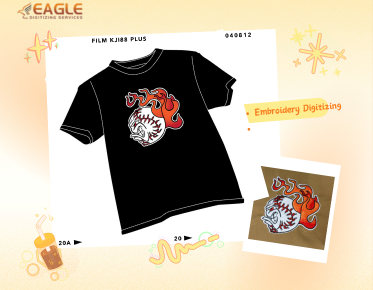How to Convert an Image to Vector Using Illustrator
Converting an image to a vector is a fundamental task in the world of graphic design. Vectors are crucial because they can be resized without losing quality, making them ideal for various applications, from logos to large billboards. Adobe Illustrator is one of the most popular tools used for creating and editing vector graphics. This guide will walk you through the steps to convert an image into a vector using Illustrator, ensuring you achieve professional results.
Why Convert Images to Vectors?
Vector graphics are essential for any design work that requires scaling or requires a high level of precision in detail. Unlike raster images, which are made up of pixels, vectors use mathematical equations to create shapes. This not only allows for infinite scalability but also lighter file sizes, making them perfect for web use and other digital applications.
Getting Started with Adobe Illustrator
Before you begin the conversion process, ensure you have Adobe Illustrator installed on your computer. You'll also benefit immensely from knowing the specifics of the image you want to convert. Is it complex or simple? The complexity will largely determine the approach and the effort needed in Illustrator.
Step-by-Step Guide to Vectorize Images in Illustrator
Step 1: Open Your Image
Start by opening Adobe Illustrator and loading the image you wish to convert. Go to File > Open, then select your image file.
Step 2: Use the Image Trace Tool
Once your image is open in Illustrator, select it. Head to the Window menu and click on Image Trace. This tool provides several presets for tracing your image, such as High Fidelity Photo, Line Art, and more. Choose a preset that closely matches the detail level you need.
Step 3: Fine-Tune Your Vector
After applying the Image Trace, use the Image Trace Panel to adjust the settings. You can tweak the paths, corners, and noise to refine your vector. This step may require some trial and error, especially for intricate designs.
Step 4: Expand and Unlock Your Vector
Once you're satisfied with the trace, click on Object > Expand to create editable paths. Your image is now in vector format and can be further edited using Illustrator's powerful tools.
Step 5: Save Your Vector
Finally, save your vector file. Go to File > Save As, choose the desired vector format like SVG or AI, and your vector is ready to use.
Advanced Techniques in Vector Conversion
For users looking to refine their skills further, consider exploiting Illustrator's pen tool for manual tracing. This is particularly useful for vector logo conversion, where precision and customization are critical.
Explore Professional Vector Conversion Services
Sometimes, the expertise of a professional service can be beneficial, especially for complex designs. Companies like Eagle Digitizing offer comprehensive vector art services online, where specialists handle the conversion process with advanced software and techniques. These services can handle anything from simple logos to complex illustrations, providing high-quality output ideal for printing and promotional purposes.
The Future of Vector Graphics
The demand for vectors continues to grow, driven by the increasing prevalence of screen devices and higher display resolutions. Designers are continually seeking ways to create more dynamic and responsive graphics. Tools like Adobe Illustrator, alongside best vector conversion software, help meet these needs, and continual advancements promise even more possibilities.
Harnessing the Power of Online Vectorization
In an ever-connected digital world, online vector solutions are increasingly popular. Services offering vector conversion service allow for quick, efficient, and often automated transformations from raster to vector, broadening accessibility for those who may not possess extensive design software experience or resources.
Embarking on vector conversions opens many doors for creative expression and professional opportunities. Whether you prefer DIY methods with Adobe Illustrator or leveraging professional services, mastering vectorization is a valuable skill in today’s digital landscape.


.png)